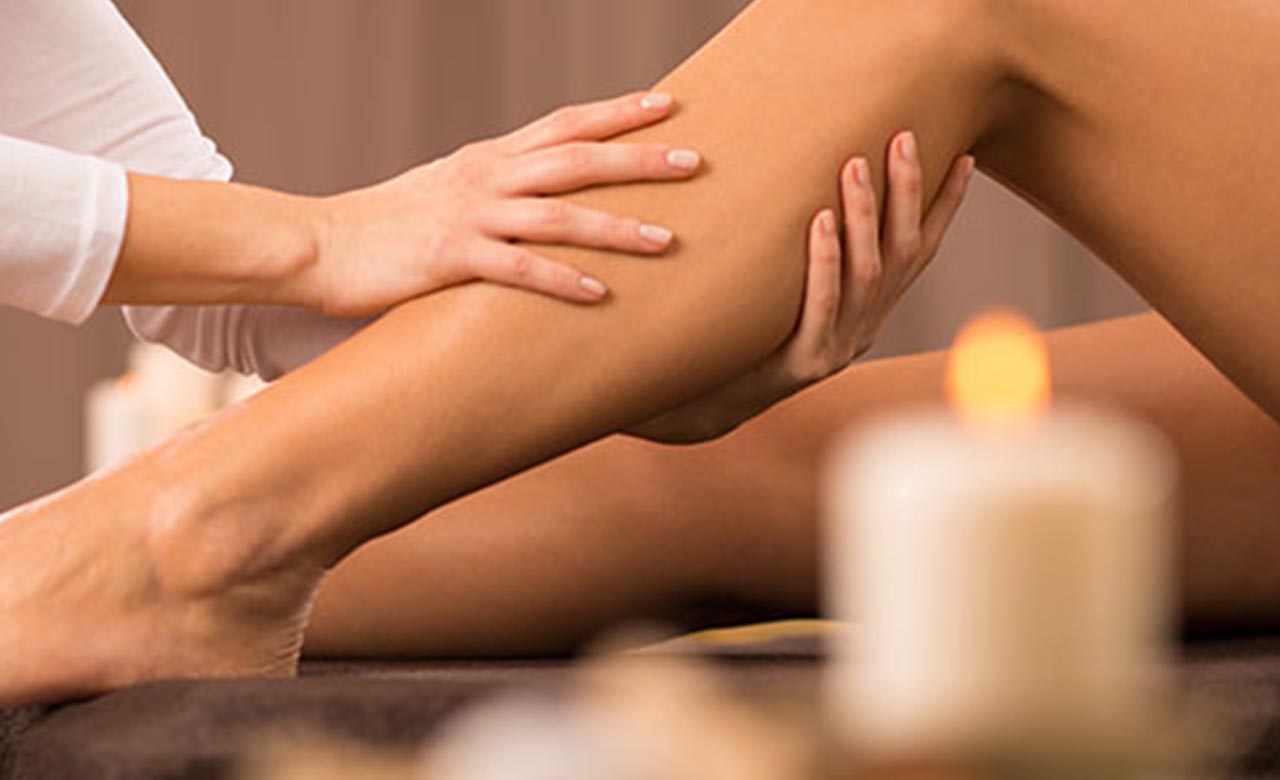Varicose veins are a disorder of blood vessels that usually occurs in the lower extremities. The veins become enlarged and bulky and can even be seen superficially under the skin. This condition is termed varicose veins. Varicose veins also form in other parts of the body, but mainly in the legs. The question we are discussing in the article is “Does Massage Help Varicose Veins?”.
It is commonly caused by damaged or weak walls of the veins or even due to damage within the valves of the veins. This damage causes the reflux of the blood that further accumulates within the legs and distorts the veins. The veins grow more significantly, which allows them to be seen superficially.
Risk Factors of Varicose Veins
Risk factors for varicose veins include older age, an inactive lifestyle, limited mobility, occupations that require standing for long durations, pregnancy, obesity, constipation, and tumors. These factors cause a significant increase in the pressure within veins, which can lead to varicose veins. A positive family history is also a potential factor that can develop varicose veins.
Does Massage Help Varicose Veins?
Massage therapy is often recommended as a complementary treatment for varicose veins. The primary purpose of massage is to improve circulation and reduce symptoms associated with varicose veins, such as swelling, discomfort, and pain in the legs. Massage techniques can help regulate blood flow, relieve muscle tension, and stimulate muscle relaxation, which may relieve varicose vein symptoms.
Types of Massage Techniques
Several massage techniques may be beneficial for individuals with varicose veins:
Effleurage: Long, gliding strokes that help improve circulation and lymphatic drainage.
Petrissage: Kneading and squeezing motions that target deep tissues and provide relaxation.
Lymphatic drainage massage: Gentle, rhythmic movements that promote the removal of excess fluid and waste from the tissues.
Elevating massage: Massage techniques are performed with the legs elevated to promote venous return and reduce swelling.
Benefits of Massage for Varicose Veins
Massage can provide various potential advantages for individuals with varicose veins:
Improved circulation: Massage techniques, such as effleurage and kneading, can help boost blood flow and lymphatic drainage, reducing congestion and swelling in the involved veins.
Pain relief: Gentle massage can help ease discomfort and pain associated with varicose veins by relaxing muscles and reducing tension in the tissues.
Reduced swelling: Massage techniques that target fluid retention and edema can help alleviate the swelling.
Enhanced relaxation: Massage therapy provides relaxation and stress reduction, indirectly benefiting individuals with varicose veins by reducing tension and improving general well-being.
Precautions and Considerations
While massage therapy can help manage varicose veins, certain precautions should be followed:
- Gentle pressure should be given to the area.
- Avoid direct pressure on varicose veins to prevent injury or worsening of symptoms.
Please consult with a healthcare expert before undergoing massage therapy to ensure its safety for a specific situation or individual.




